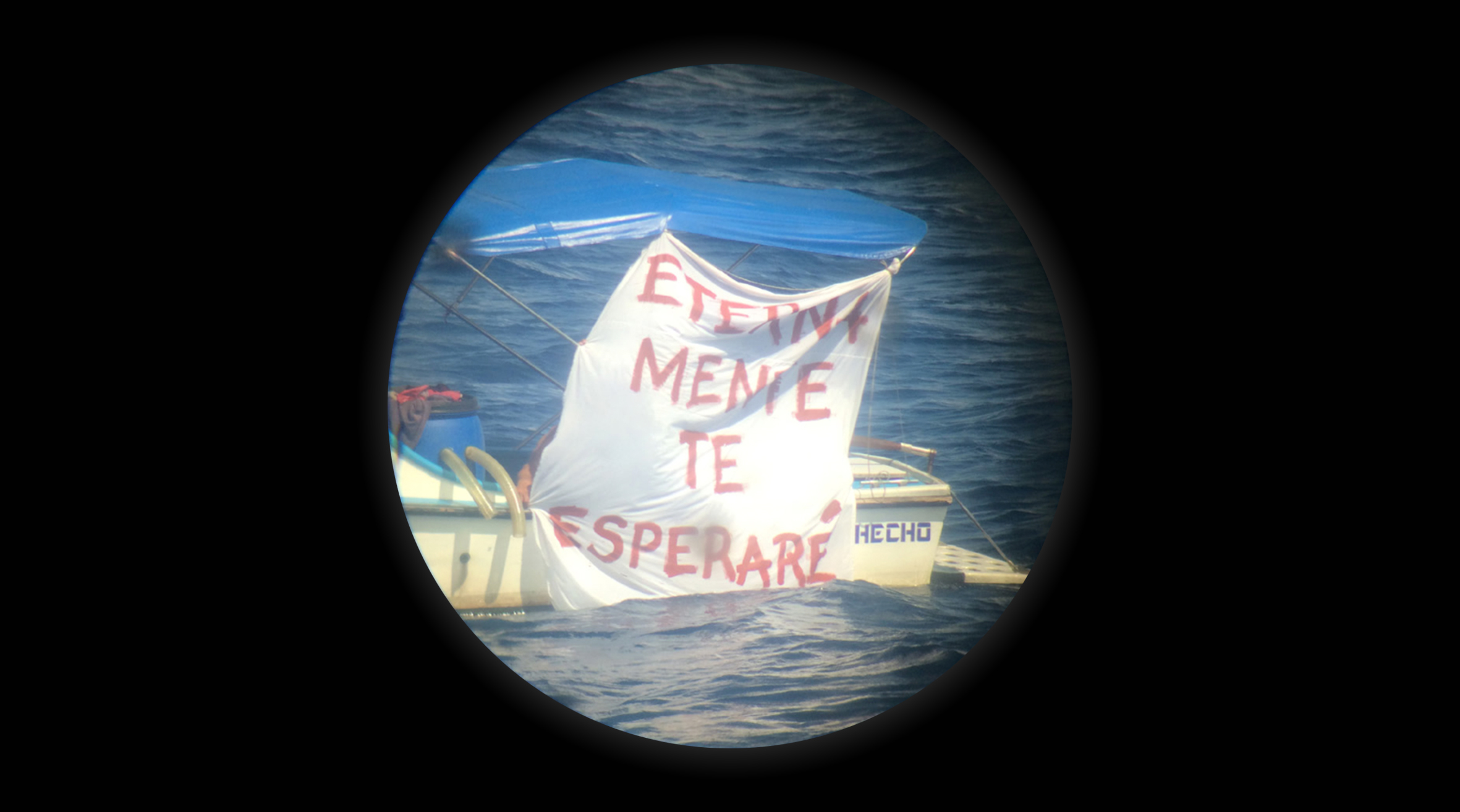
Holes in Maps
Curated by Juliana SteinerDec 1, 2018 - Feb 17, 2019
Matej Knezevic
Adriana Martinez
Reynier Leyva Novo
Juan Obando
Regina Parra
Sanne Vaassen
View installation shots of the exhibition
View the curator’s guide to the exhibition
View more information about the panel discussion
View more information about The National Anthems of the World concert
Press:
Artishock
Revista Diners
Arte Fuse
Curator’s statement:
The reality of paper tears.
Land and water where they are
Are only where they were
When words read "here" and "here"
Before ships happened there.
Now on naked names feet stand,
No geographies in the hand,
And paper reads anciently,
And ships at sea
Turn round and round
All is known, all is found.
Death meets itself everywhere.
Holes in maps look through to nowhere.
-Laura Riding, The Map of Places, 1928
This exhibition explores themes of globalization, mobility and borders by examining ways in which personal narrative, social critique, trade, nationalism, identity and citizenship intersect. Like Riding’s poem, the artworks in this show challenge maps’ certainty and stability, exploring the immense gulf between lines on paper and lived experience - between symbols and their referents. Maps may reveal political and geographical realities, but what do they conceal?
Holes in Maps was born out of a desire to explore the strained relationship between the simple outlines of a map and the complex, emotional, contested human experiences of those boundaries. When one looks at the issues at hand through the lens of postmodern theorists, an analogous dissonance emerges between the world of intellectual discourse and the abrupt limitations of real life. For instance, social theorists Deleuze and Guattari advocate the rhizome as a model of being in which self and identity are not linked to one place or culture alone. Their rhizome endorses rootedness but forswears immobility--what a beautiful idea, and how unevenly attainable.
Maps are created and enforced through power, and disproportionately affect those who have none. One might argue that the opposite of rhizomic thought is the current global trend toward a nationalism that harshly defines and enforces social and national identities and curtails freedom of movement. (We may wish for the freedom to embrace the rhizome, but can we get a visa?) A series of barriers - physical, socioeconomic, and bureaucratic - separates those who are able to embrace “rhizomatic lives” from those who are not. For some, crossing borders has never been easier. For others, attempts to traverse them are repeatedly frustrated by newly erected barriers, while the necessity to transgress them can mean the difference between life and death. Perhaps thoughts cannot yet be confined, but physical access can and is. Through physical interventions and transformative recreations, the artists in Holes in Maps focus our gaze on the negotiation between personal agency and constructed barriers, and remind us to consider their cost.
Image: Reyneir Leyva Novo, still from Eternamente te esperare (I’ll Forever Wait for You). 2015. Courtesy of the artist.
88 Eldridge St. New York, NY 10002
Tel: 212-243-2735
Open Thurs-Sun 1-6pm
© 601Artspace, 2018
